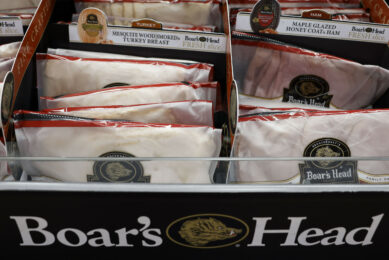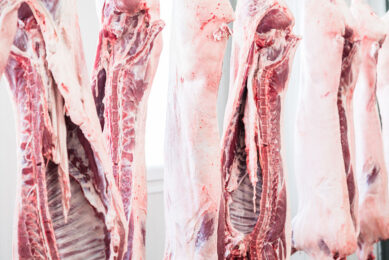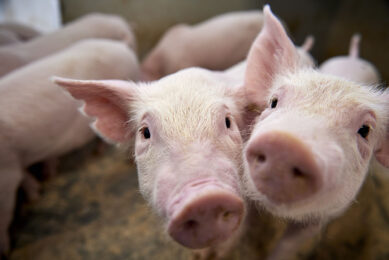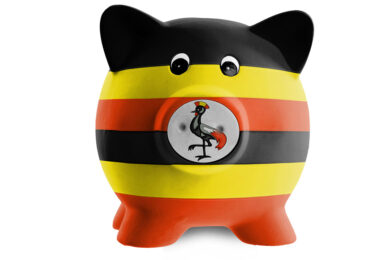Liquid whey positively affects faecal microbiota
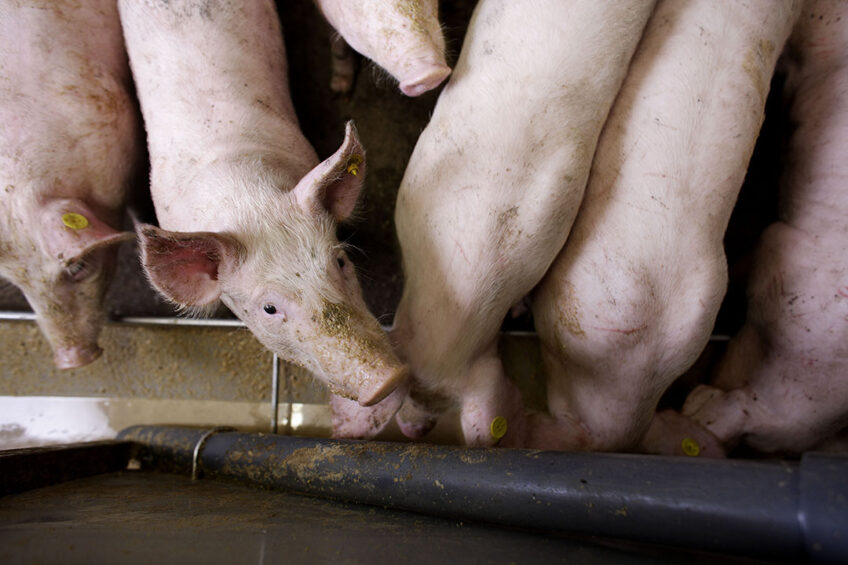
Researchers from Italy, the UK and Spain explored the faecal microbiota of crossbred pigs that were co-fed a liquid whey-integrated diet. Their aim was to find out how changes in the faecal microbiota could potentially affect pig health and performance.
The researchers are attached to the University of Messina, Italy; the University of Edinburgh, Scotland, UK and the company Sequentia Biotech in Spain. They published their research recently in the peer-reviewed journal Animals.
The pig gut microbiota composition and diversity shift over time and along the entire gut tract. In the swine industry, liquid-feeding products positively contribute to the equilibrium of animal guts, thus supporting the reduction of feed medication. Liquid whey, a by-product of cheese-making, contains all the essential amino acids of a good quality protein, thus representing a potential to reduce food waste, and to improve pigs’ growth performance, immune function and gut health.
Data collection
The research team used 14 crossbred pigs (Landrace × Large White) for this trial. They divided the pigs randomly into the control and the co-feed liquid whey groups. They fed the pigs in the control group pelleted feed. The pigs in the liquid whey group received the same pellet feed, supplemented with liquid whey.
The researchers determined the pigs’ growth performance by the average daily gain and food conversion ratio. They collected individual blood samples to assess the white blood cell count and the concentration of haptoglobin and C-reactive protein fractions. In addition to this, they collected faecal samples before the administration of the treatment and 1 and 2 months after the beginning of the co-feed integration. They performed microbial genomic DNA extraction, and sequenced the 16S rRNA gene from faecal samples of crossbred pigs.
Impact on the gut bacterial community
At the phylum level, the bacterial community of the pigs receiving the co-feed supplementation and pigs in the control group were dominated by Firmicutes, followed by Bacteroidetes, Spirochaetes, and Proteobacteria. At the family level, Prevotellaceae, Ruminococcaceae, Clostridiaceae, Lactobacillaceae and Spirochaetaceae were the most abundant in both control and co-feed groups.
Furthermore, the most represented genera in both control and co-feed groups were Prevotella, Clostridium, Lactobacillus and Treponema. However, the diversity metrics suggested that the co-feed supplementation affected some alpha diversity indexes (the distribution of species abundances) of the faecal microbiota.
Most positively modulated
The genera most positively modulated over time in the co-feed group were Bifidobacterium, Parasutterella, Oxalobacter, Lactobacillus, Cellulosilyticum, Ruminococcus, Petrimonas, and Rubrivirga which prevented diarrhoea, improved growth, regulated immune function, and counteracted potential pathogenic states.
Most negatively modulated
The most negatively modulated were Mogibacterium, Faecalibacterium, Collinsella, Oribacterium, Mediterranea, Gemmiger, Coprococcus, Sutterella, Slackia, Butyricicoccus, and Corynebacterium. The differential abundance analysis at the genus level revealed significant differences for various genera, suggesting that the liquid whey supplementation potentially influenced a part of the bacterial community over time.
Impact on performance and physiological parameters
Bodyweight, average daily gain, average daily feed intake, and feed conversion ratio of pigs in both control and co-feed groups increased. This suggested that liquid whey supplementation did not negatively affect the weight of pigs in the fattening stage of their growth. The co-feed supplementation decreased the serum concentration values of haptoglobin and C-reactive protein, and white blood cell count over time.
Relationship between abundant genera and physiological parameters
Some of the genera including Bifidobacterium, Corynebacterium, Petrimonas, and Oxalobacter that were positively correlated with bodyweight had a negative correlation with C-reactive protein, haptoglobin, and white blood cell count, and some genera including Collinsella, Slackia, Mediterranea, Mogibacterium, Oribacterium, Faecalibacterium, Gemmiger, and Sutterella with a negative correlation with body weight had a positive correlation with C-reactive protein, haptoglobin, and white blood cell count suggesting a role of these genera in the immune status and inflammatory states of pigs.
Conclusion
The authors concluded that supplementing liquid whey impacts pigs’ faecal microbiota by positively modulating the beneficial bacteria and potentially reducing the harmful bacteria.
The article in the Animals was authored by Anna Maria Sutera, Francesca Arfuso, Giuseppe Tardiolo, Francesco Fazio, Giuseppe Piccione and Alessandro Zumbo from Department of Veterinary Sciences, University of Messina, Polo Universitario dell’Annunziata, Italy, Valentina Riggio from The Roslin Institute and Royal (Dick) School of Veterinary Studies, University of Edinburgh, UK, and Riccardo Aiese Cigliano, and Andreu Paytuví from Sequentia Biotech, Spain.



